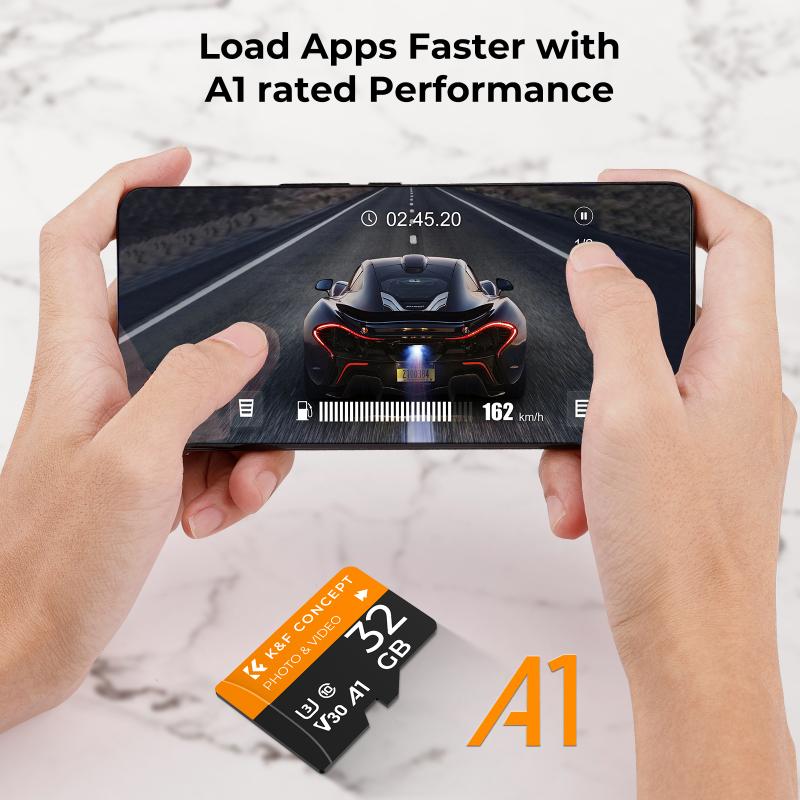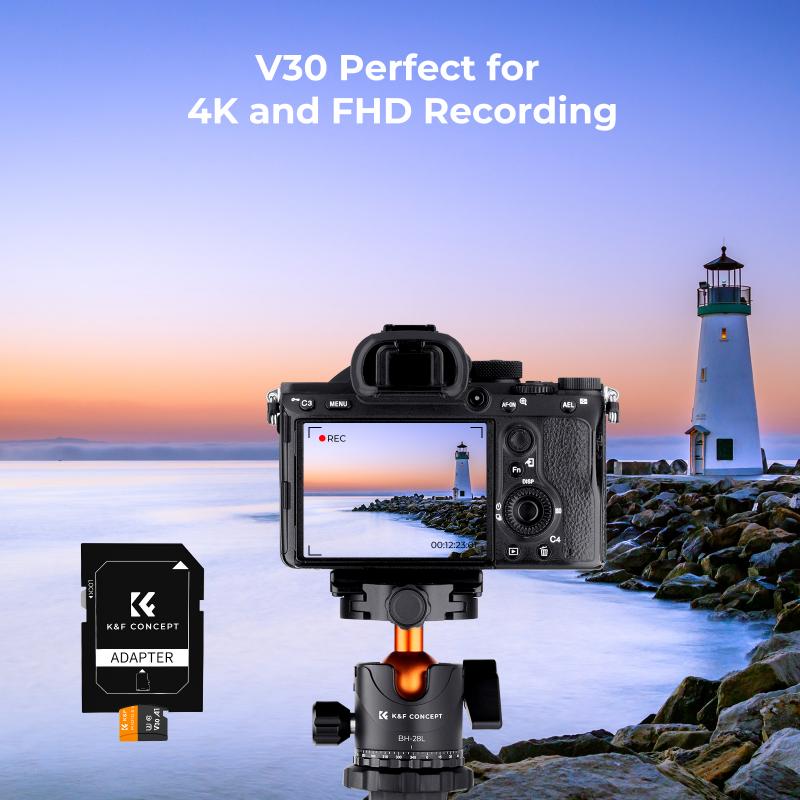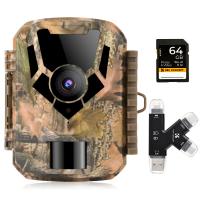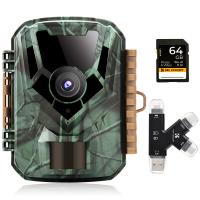How To Format Gopro Sd Card?
Formatting a GoPro SD card is a crucial step to ensure optimal performance and longevity of your memory card. Whether you are a seasoned GoPro user or a beginner, understanding how to properly format your SD card can save you from potential data loss and improve the overall functionality of your device. In this article, we will delve into the step-by-step process of formatting a GoPro SD card, discuss the reasons why it is important, and provide tips to maintain your SD card in top condition.
Why Formatting Your GoPro SD Card is Important

Before we dive into the how-to, it’s essential to understand why formatting your SD card is necessary. Here are some key reasons:
1. Clearing Data: Formatting erases all data on the SD card, providing a clean slate for new recordings. This is particularly useful if you frequently use your GoPro and need to free up space.
2. Improving Performance: Over time, SD cards can become fragmented, which can slow down their performance. Formatting helps to defragment the card, ensuring it operates at optimal speed.
3. Preventing Errors: Regular formatting can help prevent file corruption and errors that may occur due to improper file management or frequent use.
4. Compatibility: Formatting the SD card in the GoPro ensures that it is set up correctly for the device, reducing the risk of compatibility issues.
Step-by-Step Guide to Formatting a GoPro SD Card

Method 1: Formatting Directly on the GoPro

1. Insert the SD Card: Ensure that the SD card is properly inserted into your GoPro.
2. Power On the GoPro: Turn on your GoPro by pressing the power button.
3. Access the Settings Menu: Navigate to the settings menu. This can usually be done by swiping down on the screen (for touchscreen models) or using the mode button to scroll through the options.
4. Find the Format Option: Look for the option that says “Format SD Card” or “Delete All/Format.” This is typically found under the “Preferences” or “Setup” menu.
5. Confirm the Format: Select the format option and confirm your choice. The GoPro will then proceed to format the SD card, erasing all data and preparing it for use.
Method 2: Formatting Using a Computer

1. Remove the SD Card: Take the SD card out of your GoPro and insert it into an SD card reader connected to your computer.
2. Open File Explorer (Windows) or Finder (Mac): Navigate to the SD card in your file explorer.
3. Right-Click and Select Format: Right-click on the SD card icon and select the “Format” option from the context menu.
4. Choose the File System: Select the appropriate file system. For GoPro, it is recommended to use exFAT for SD cards larger than 32GB and FAT32 for cards 32GB or smaller.
5. Start the Format: Click “Start” to begin the formatting process. Once completed, safely eject the SD card and reinsert it into your GoPro.
Tips for Maintaining Your GoPro SD Card
1. Regular Formatting: Make it a habit to format your SD card regularly, especially before important shoots. This helps maintain the card’s performance and reliability.
2. Use High-Quality SD Cards: Invest in high-quality, reputable SD cards that are compatible with your GoPro. Cheap or counterfeit cards can lead to data loss and poor performance.
3. Avoid Removing the Card While Recording: Always stop recording before removing the SD card to prevent data corruption.
4. Keep the Card Clean and Dry: Protect your SD card from moisture, dust, and extreme temperatures to prolong its lifespan.
5. Backup Your Data: Regularly back up your footage to a computer or cloud storage to avoid losing important data.
Troubleshooting Common Issues
Even with proper care, you may encounter issues with your GoPro SD card. Here are some common problems and their solutions:
1. SD Card Not Recognized: If your GoPro does not recognize the SD card, try reinserting it or using a different card. Ensure the card is properly formatted and compatible with your GoPro model.
2. Error Messages: If you receive error messages, such as “SD Card Error” or “No SD,” try formatting the card using a computer. If the problem persists, the card may be damaged and need replacement.
3. Slow Performance: If your GoPro is slow to read or write data, it may be due to a fragmented or nearly full SD card. Formatting the card can help improve performance.
4. Data Corruption: If your files are corrupted, it could be due to improper ejection or a faulty card. Always safely eject the card and consider using a different card if the issue continues.
Formatting your GoPro SD card is a simple yet essential task that can significantly impact the performance and reliability of your device. By following the steps outlined in this article, you can ensure that your SD card is always ready for action, allowing you to capture stunning footage without any hiccups. Remember to format regularly, use high-quality cards, and take good care of your SD card to enjoy a seamless GoPro experience. Whether you are an adventurer, a filmmaker, or a casual user, these practices will help you get the most out of your GoPro and its memory card.











There are no comments for this blog.